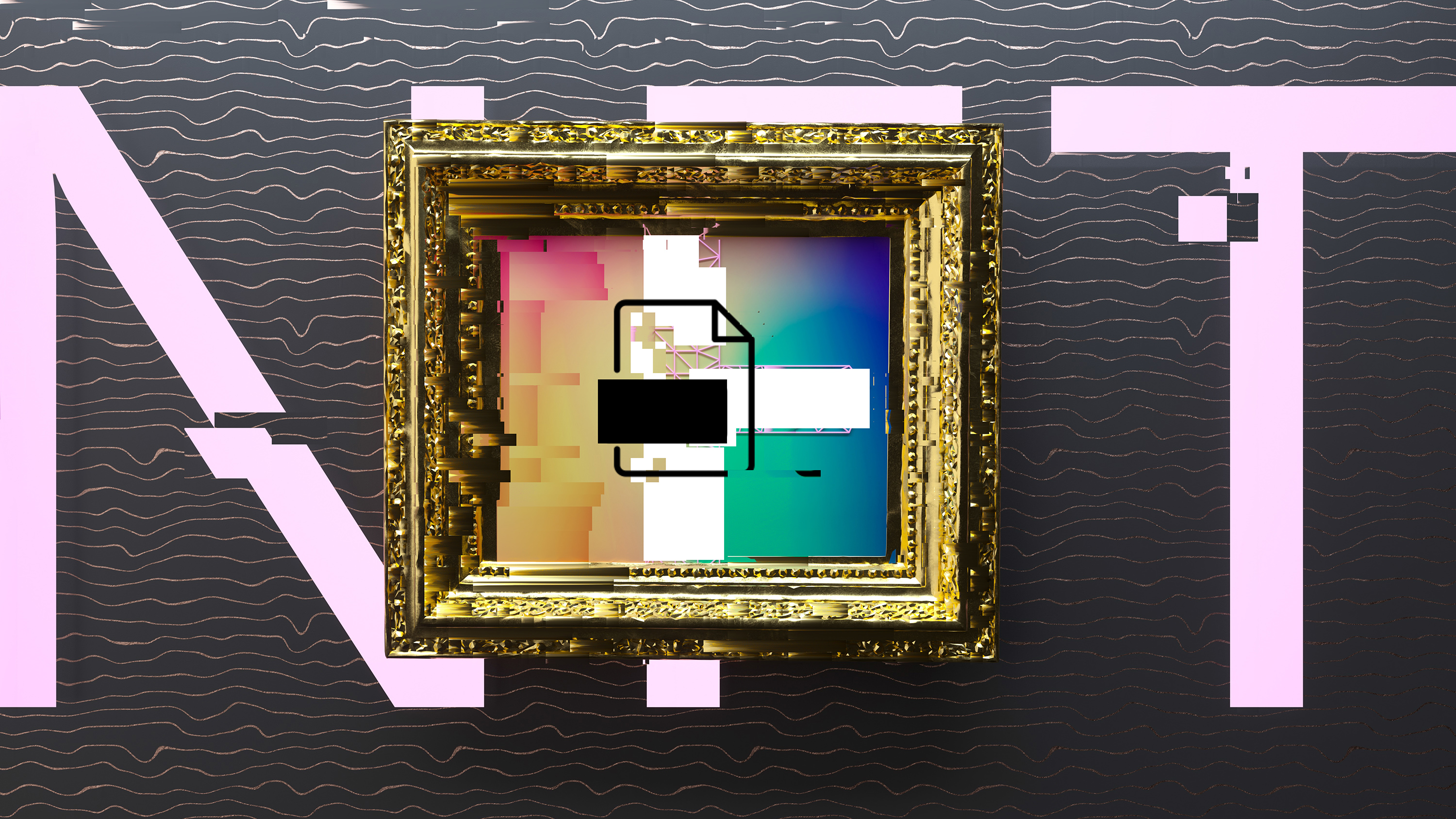NFT market parallels aid understanding of traditional counterpart

Image: Getty Images
Comparisons between traditional and NFT art markets show resemblances that allow for a closer examination of behavioural finance, among others. Professor Andrea Barbon of the University of St. Gallen explores some of the features that characterise NFTs.
During the summer of 2021, we witnessed an exponential increase in trading volumes for non-fungible tokens (NFTs) and skyrocketing prices of digital artwork. One such example, “CryptoPunk #5822”, sold for $23m.
For many artists and investors, it turned out to be a bubble, as prices dropped to almost zero in the following months. Some NFTs, however, are still highly valuable today: want to buy a Bored Ape and be part of their ‘Yacht Club’? Be ready to pay at least $100,000.
NFTs are unique identifiers recorded in a blockchain that cannot be copied or subdivided. A natural application of NFTs is the certification of sole ownership of a digital artwork.
And it’s not just a matter of pride: the owner can sell the NFT over the counter or in dedicated markets, thus transferring ownership to the buyer. By unlocking ownership of digital goods, NFTs allow digital artists to sell their artwork, and art lovers or investors to trade in the secondary market.
NFT technology therefore better enables modern artists to earn a living and gives rise to a completely new market.
NFT trading has been popularised by online marketplaces such as OpenSea, where artists list their artwork in the form of “collections”: sets of NFT-backed images related to a specific theme. Examples include the notorious “CryptoPunks”, the “Bored Ape Yacht Club” (BAYC), or “The Currency” by artist Damien Hirst.
Bubbles
Currently the NFT market is much more volatile than its traditional counterpart and prone to the formation of bubbles. To study this phenomenon, we identified 1000 instances of price run-up events; that is, situations in which the price increases by more than 100% within a few hours.
About half of the time, these turn out to be bubbles and burst, while in the remaining cases, prices stabilise or keep increasing.
According to the behavioural finance literature, bubbles arise from the participation of less sophisticated agents. However, these results are based on evidence from laboratory-based experiments, where people interact with simulated markets. It is challenging to test this hypothesis in real financial markets, where data regarding a single investor’s actions are usually unavailable to researchers.
Hence, the availability of transaction-level data from the NFT market gives us a unique opportunity to gain a deeper understanding of the formation of asset bubbles.
We began by identifying a group of sophisticated investors who are systematically able to profit from these events, with an average profit of 80% per event. We found that the active presence of sophisticated investors during a price run-up event increases the likelihood that it will not turn into a bubble, thus corroborating the findings from laboratory experiments.
This is only the first step: in future research, we plan to analyse the behaviours of agents and their relationship with bubble formation and forecasting from different angles.
Rarity
Typically, the NFTs belonging to a collection are unique works of art, meaning that each piece is different. And each piece enjoys a unique combination of attributes, or traits, related to the characteristics of the image and recorded in the NFT. Some attributes are very likely to materialise, while others are much more scarce, giving rise to the concept of a ‘rarity score’.
For example, in the BAYC collection, there are only 108 monkeys with ‘Cyborg’ eyes and 149 with ‘Cross’ earrings. Thus monkey #7495, which enjoys both of these rare attributes, has the highest rarity score in the collection.
But are people willing to pay more for rarer NFTs? To answer this question, together with Prof. Angelo Ranaldo, we gathered data for 200 of the most traded art collections, equating to more than one million transactions and $2bn in trading volume.
A first look at the data confirms the intuitive fact that prices differ vastly between collections. Interestingly, the data also show significant price variation within the same collection. We found that the rarity score is the main driver of intra-collection price differences, with the rarer NFTs being consistently the most valuable.
Hence, one may conclude that investors in the NFT market display at least some degree of rationality or, perhaps, are simply acting as “collectors”. At the very least, our results show that the artistic value of NFTs is one of many determinants of their prices. This is consistent with traditional art markets, where scarcity is definitely priced in.
But this is not the only similarity. In fact, after controlling for rarity, we found that an interesting fact documented in the canonical art market also holds true for art-based NFTs. Surprisingly, by counting the number of pixels in the linked image belonging to each colour, we found that NFTs featuring more red and blue are, on average, more expensive.
Only time will tell if NFTs will become the future standard for art markets. But if this technology takes over, some features of its classic counterpart will likely still be with us.
Andrea Barbon is an assistant professor of finance at the University of St. Gallen.


